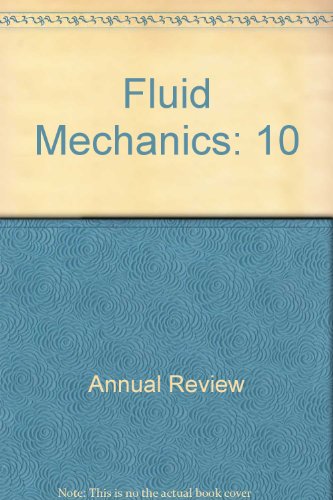Icebergs Melting
IF 30.2
1区 工程技术
Q1 MECHANICS
引用次数: 7
Abstract
Iceberg calving accounts for half of the mass discharge from the Greenland and Antarctic ice sheets, which has increased dramatically over the last two decades. Through their displacement and progressive melt, icebergs can impact both the regional and large-scale ocean circulation and marine ecosystems by affecting its stratification and nutrient and carbon cycling. Freshwater input due to iceberg melt has the potential to impact regional sea ice distribution and the global overturning circulation. Notwithstanding their importance, our understanding of where and how icebergs melt is limited and their representation in ocean and climate models is oversimplistic, in part because they are informed by only a handful of observations. As a result, model-based predictions of iceberg melt rates, of the fate of the meltwater, and of its impact on the ocean are highly uncertain. New observational, modeling, and experimental studies are needed to improve our understanding of iceberg melting and hence, the forecasting power of climate models. Expected final online publication date for the Annual Review of Fluid Mechanics, Volume 55 is January 2023. Please see http://www.annualreviews.org/page/journal/pubdates for revised estimates.冰山融化
冰山崩解占格陵兰岛和南极冰盖大量排放的一半,在过去二十年中,冰山崩解量急剧增加。通过它们的位移和逐渐融化,冰山可以影响区域和大范围的海洋环流和海洋生态系统,通过影响其分层和营养和碳循环。冰山融化引起的淡水输入有可能影响区域海冰分布和全球翻转环流。尽管它们很重要,但我们对冰山在哪里以及如何融化的理解是有限的,而且它们在海洋和气候模型中的代表性过于简单,部分原因是它们仅通过少量观测得到信息。因此,基于模型的冰山融化速度、融水的命运及其对海洋影响的预测是高度不确定的。需要新的观测、建模和实验研究来提高我们对冰山融化的理解,从而提高气候模式的预测能力。预计流体力学年度评论第55卷的最终在线出版日期为2023年1月。修订后的估计数请参阅http://www.annualreviews.org/page/journal/pubdates。
本文章由计算机程序翻译,如有差异,请以英文原文为准。
求助全文
约1分钟内获得全文
求助全文
来源期刊
CiteScore
54.00
自引率
0.40%
发文量
43
期刊介绍:
The Annual Review of Fluid Mechanics is a longstanding publication dating back to 1969 that explores noteworthy advancements in the field of fluid mechanics. Its comprehensive coverage includes various topics such as the historical and foundational aspects of fluid mechanics, non-newtonian fluids and rheology, both incompressible and compressible fluids, plasma flow, flow stability, multi-phase flows, heat and species transport, fluid flow control, combustion, turbulence, shock waves, and explosions.
Recently, an important development has occurred for this journal. It has transitioned from a gated access model to an open access platform through Annual Reviews' innovative Subscribe to Open program. Consequently, all articles published in the current volume are now freely accessible to the public under a Creative Commons Attribution (CC BY) license.
This new approach not only ensures broader dissemination of research in fluid mechanics but also fosters a more inclusive and collaborative scientific community.

 求助内容:
求助内容: 应助结果提醒方式:
应助结果提醒方式:


